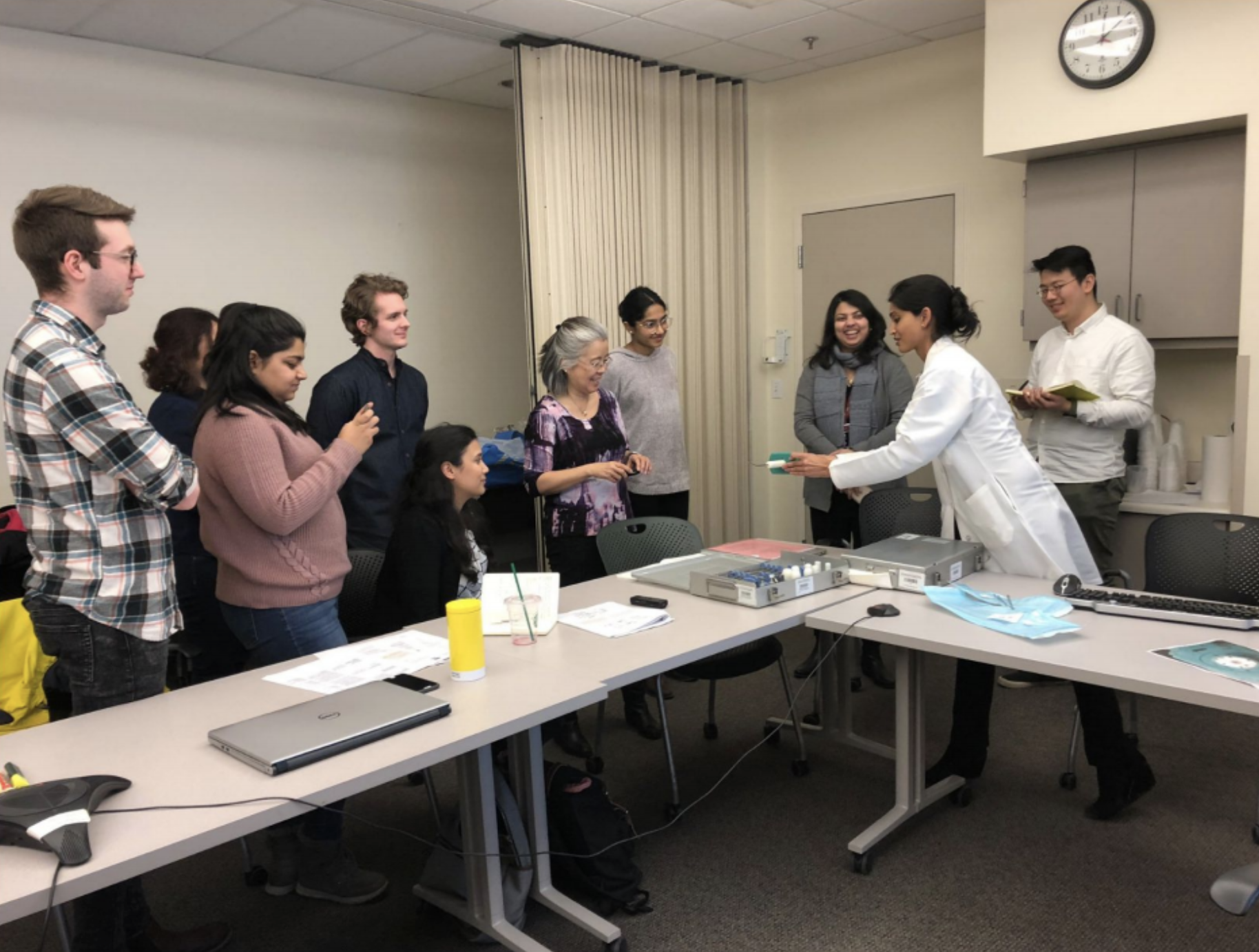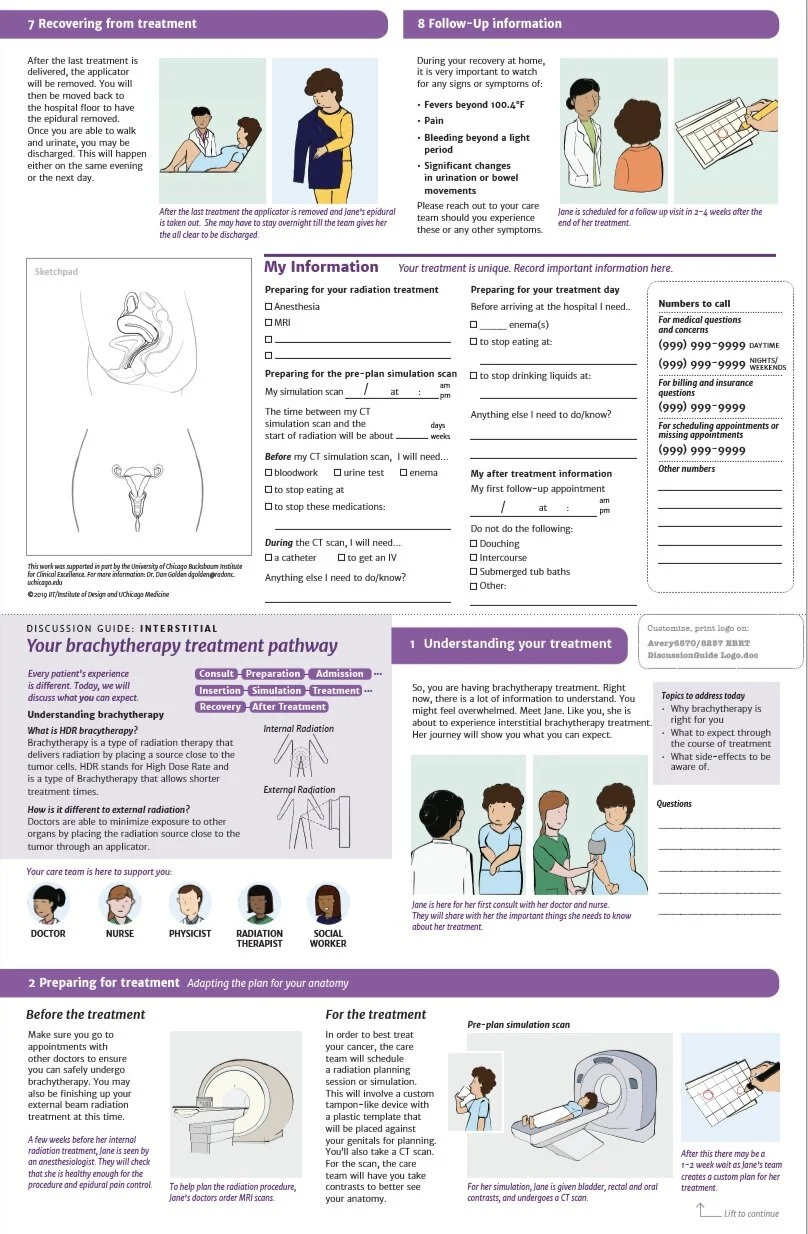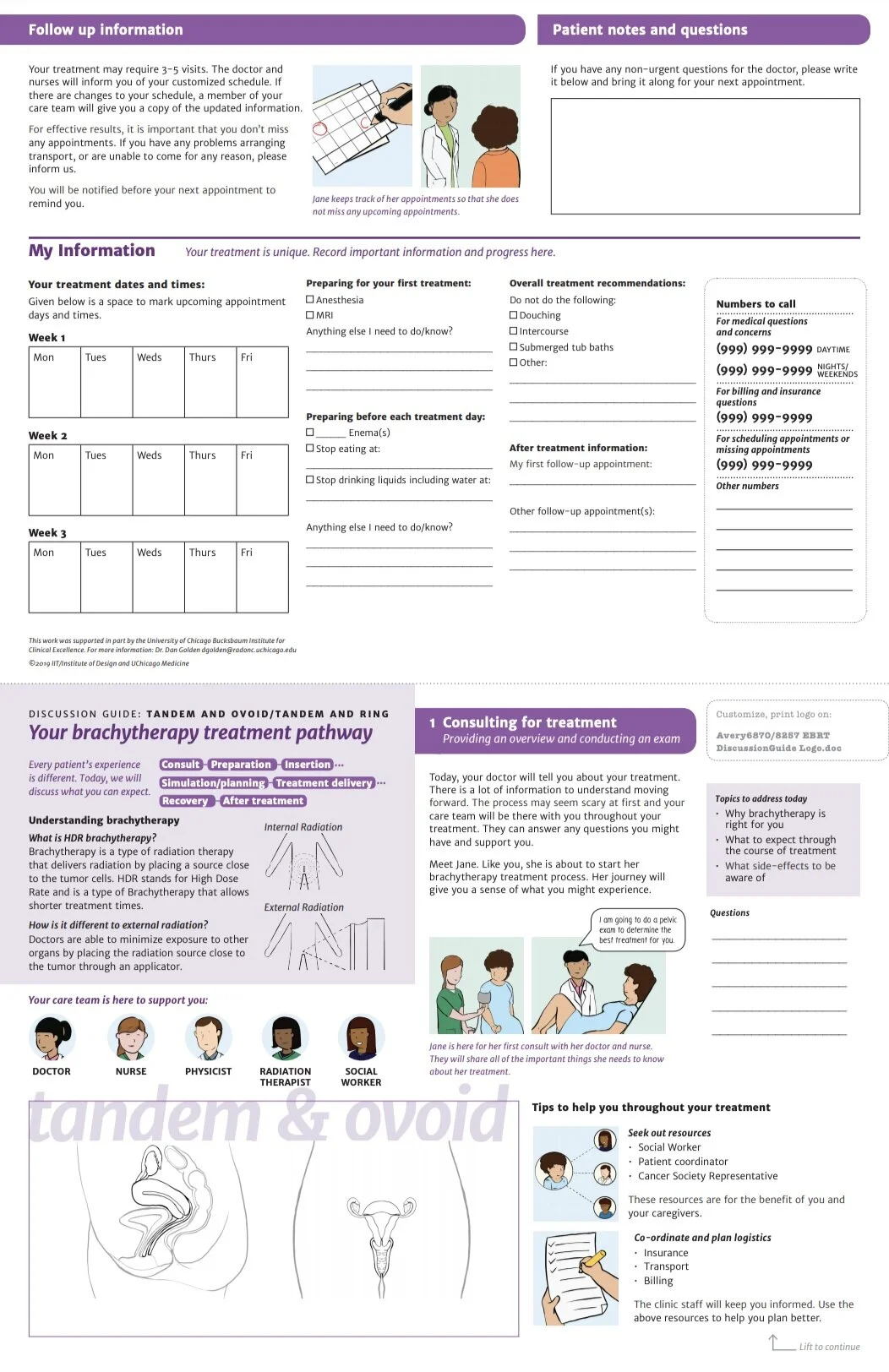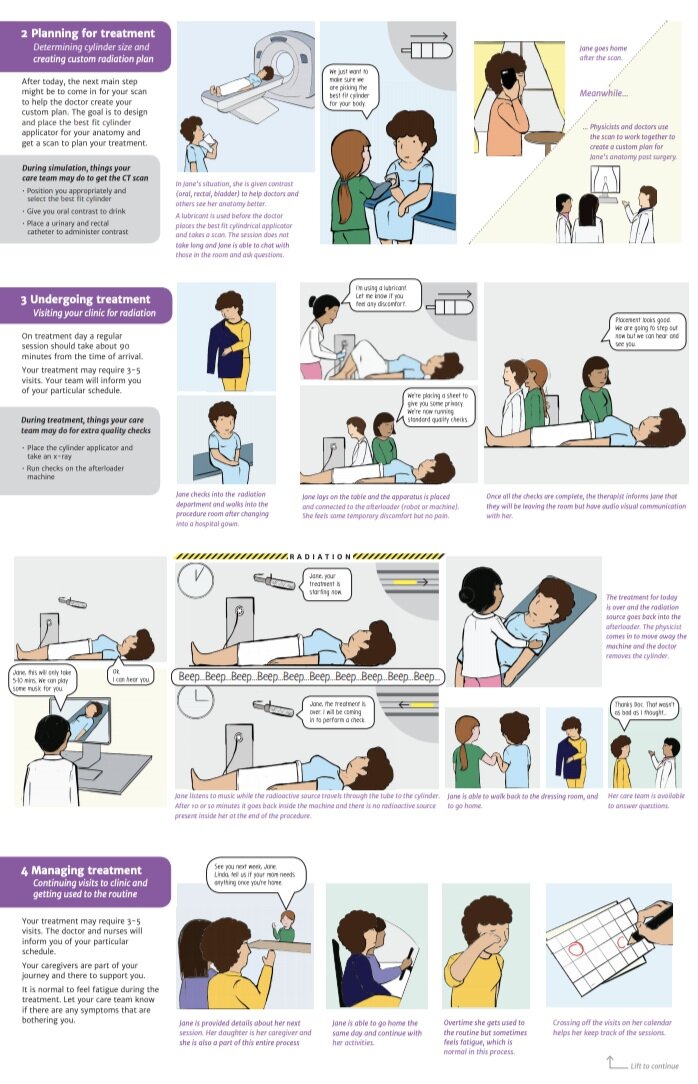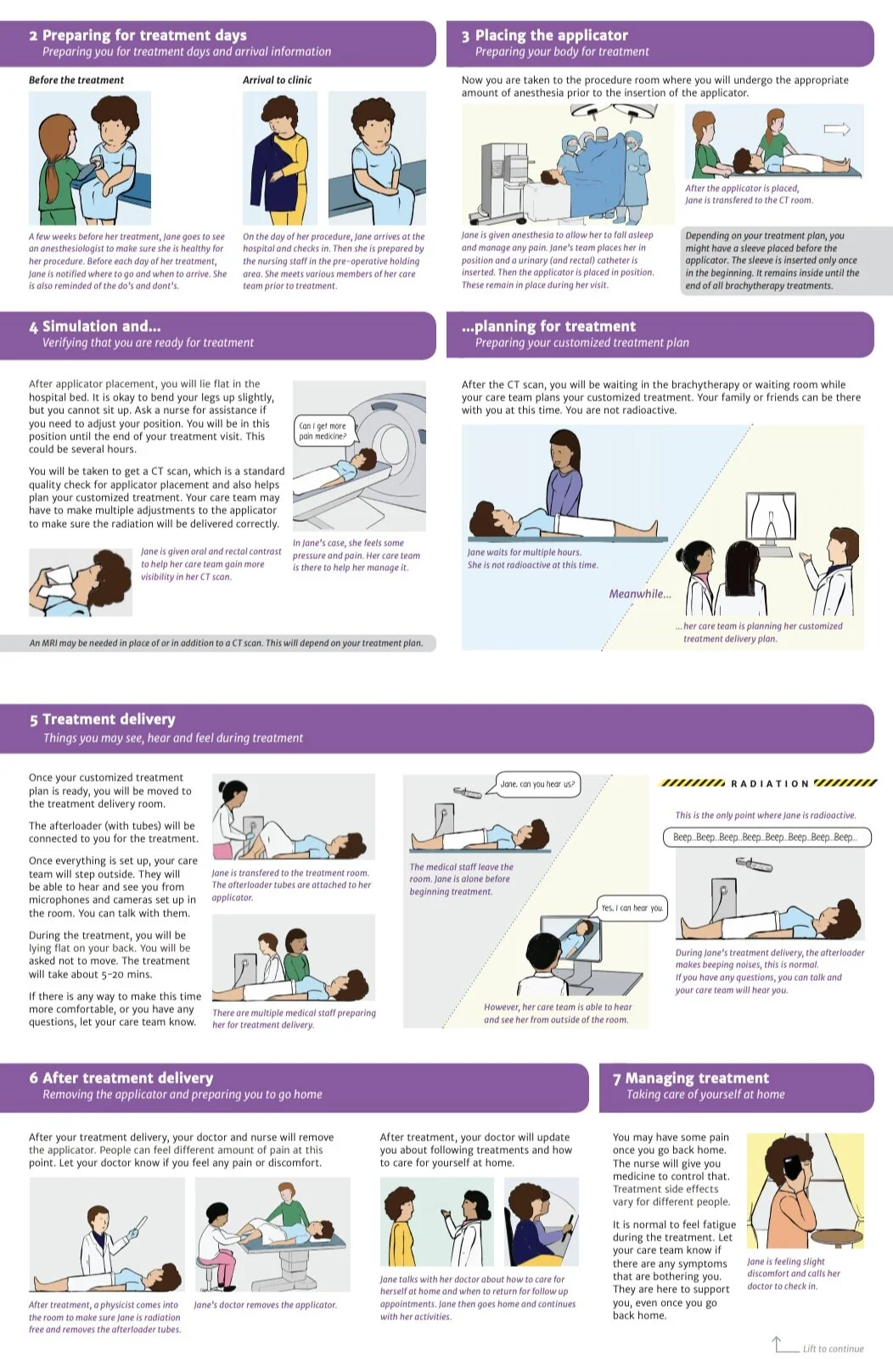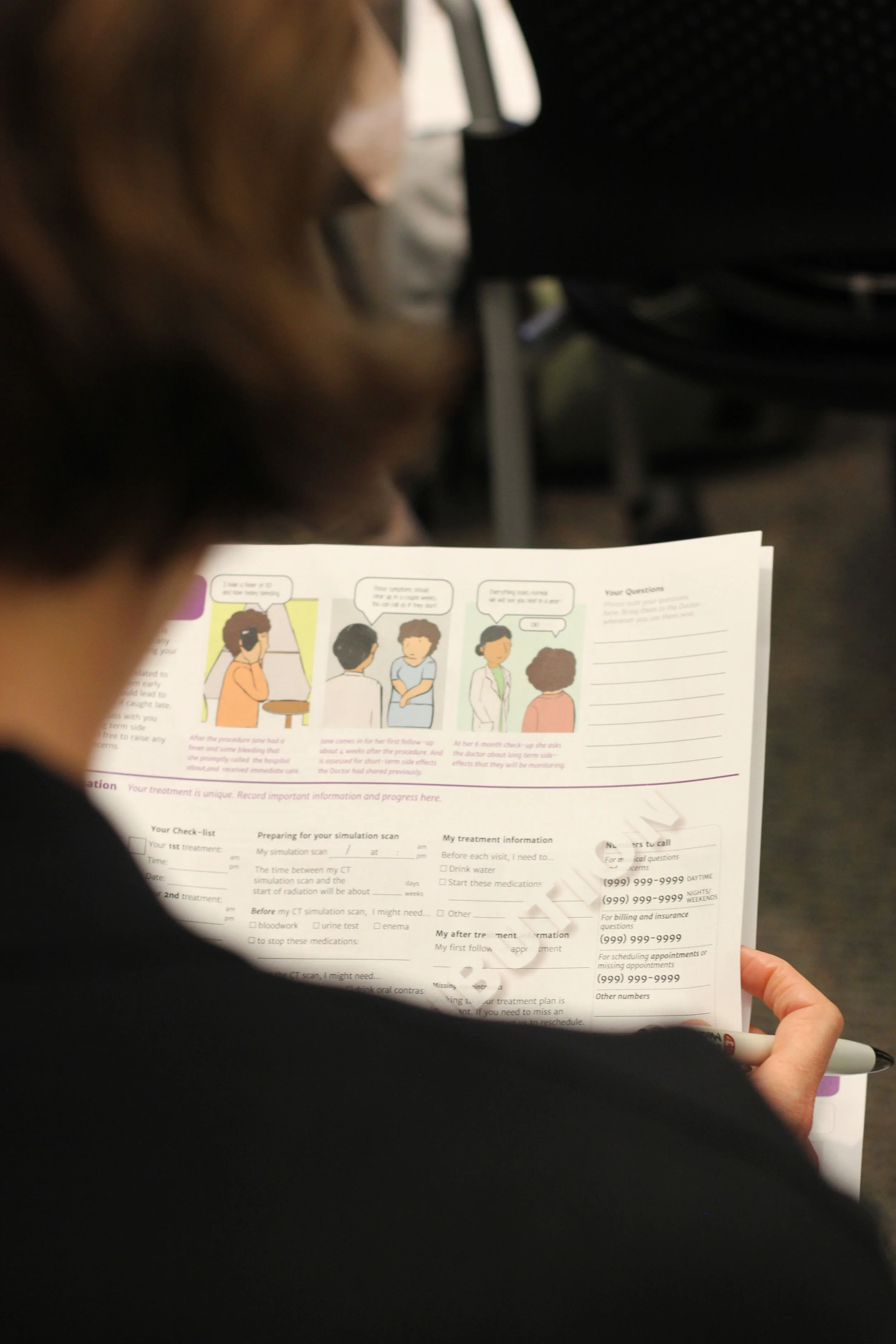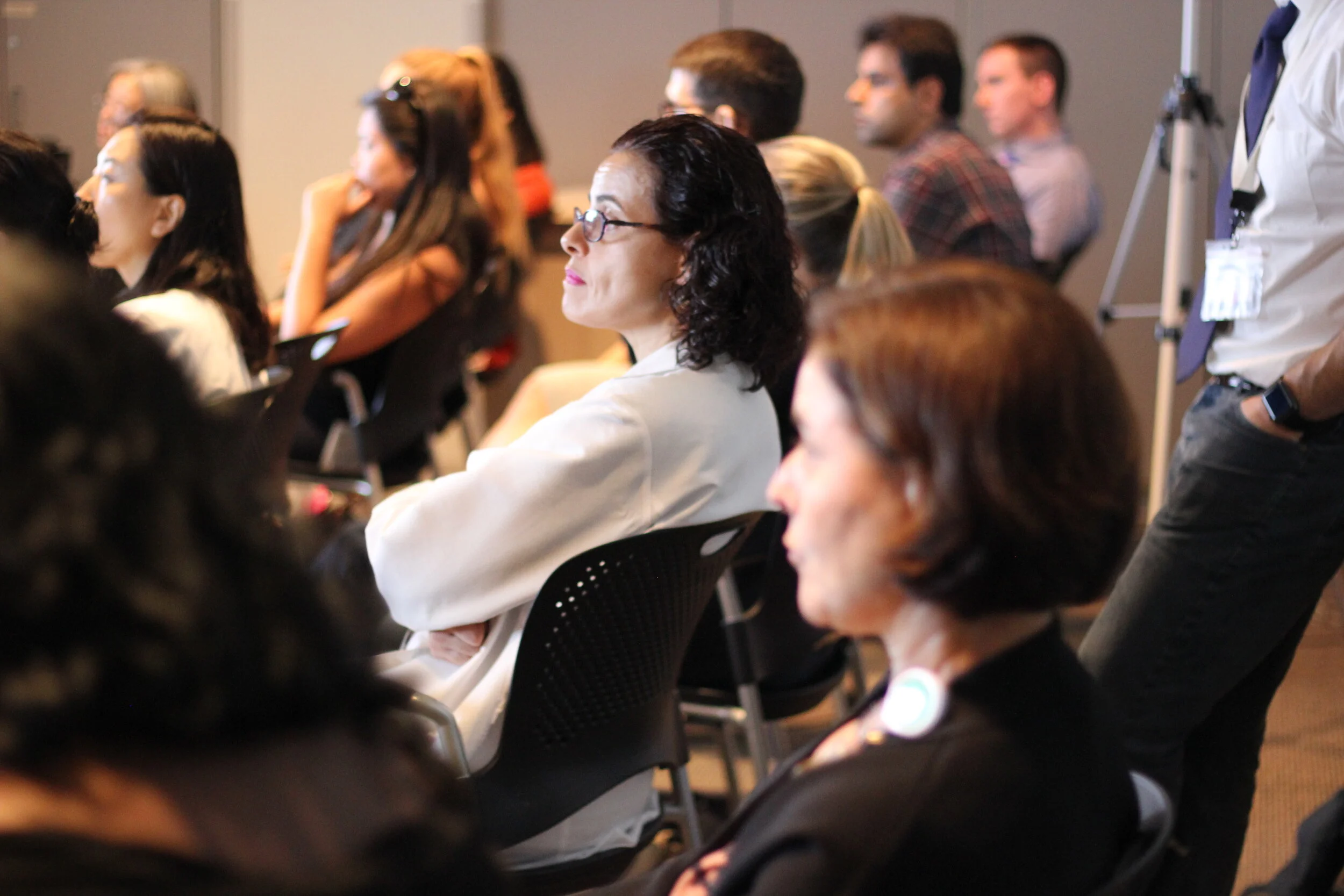Communicating the Gynecological Brachytherapy Experience
Academic + Professional Project | Client: University Of Chicago Medicine Centre | Duration: Jan 2019 - March 2019 |
Role: Experience Researcher, Visual Designer, Product Manager, Illustrator
What
How
Create a visual communication design solution to help healthcare providers explain gynecologic brachytherapy to their patients using a graphic narrative. Specifically, this project explores the radiation treatment of cervical and endometrial cancers.
Process
In order to gain context around patient education materials, graphic narratives and the gynecological Brachytherapy treatment methods, we immersed ourselves in some secondary research. We gathered and reviewed literature that included scholarly papers and articles about the use of graphic narratives in healthcare, traditional patient education materials (their advantages and shortcomings) and existing materials in the gynecological brachytherapy space.
Another rich source information for us was expert presentations given to us by different doctors from various hospitals across Chicago who regularly treat gynecological cancers using this specific type of treatment method. All of this allowed us to immerse ourselves within the topic and acquire expert knowledge about the landscape. What proved to be really beneficial to begin to understand a patient’s perspective was walk through the various hospital rooms and absorb context, tools, surroundings, sights and sounds.
Reviewing literature
Attending expert presentations
Visiting sites
Mapping out stakeholder journeys across the different treatment types
Secondary research helped us understand context. It was now time to understand patients’ and caregivers’ experiences. Based on what we learned about the context and the journeys, we made interview discussion guides and set out to conduct stakeholder interviews. Over 4 weeks we conducted 17 interviews across 4 stakeholder groups. They were as follows:
A rich source of insights for us was the Support Circle activity where we asked participants to map, in decreasing order, the support they received from the different stakeholders that they interact with. Each interview was transcribed and scanned for actionable insights. We began to find interesting overlaps, contradictions and miscommunications between the stakeholder experiences. We used design methods including the Quad A framework to extract insights from our transcriptions, and mapped them to patient and staff activities, attitudes, ambitions, anxieties.We went broad with insights, and then to converge again, we categorized them on multiple levels. Firstly the different stakeholder groups - color coding helped here. Then across activities, anxieties, attitudes, and ambitions of stakeholders. And finally based on whether a certain insight would best be represented in text form, or illustration, or if it had something to do with resources, or perhaps customizing general information. This helped us get that much closer to actually creating our guides.
Conducting Stakeholder Interviews
Analyzing Interviews
Synthesizing Interviews
Extracting insights
Before we moved on to creating something physical, we found a few key points that seemed to be very important to represent across all 3 guides. These became our guiding design principles.
Using the insights we gathered and the journeys we mapped, we started to explore the actual form and content of the discussion guide. Feedback from stakeholders and known conventions of an effective graphic narrative informed the illustration styles, tone-of-voice and reading levels. We played with different layouts of narrative, how should the guides fold? What would be the most intuitive flow of information? We went back to our doctors and got a lot of help from them at this stage. We talked about logical chunks of information, how segments of planning or treatment reveal themselves, which segments need to be grouped, and also production methods and costs. These needed to be easy to make, no one has time to die cut. They needed to be open source. This iterative prototyping stage and the back and forth really helped in converging even further towards a final outcome.
Creating Narrative And Illustrations
Exploring With Form
Iterating Through Feedback
DELIVERABLE
The final deliverable was a 11’ x 17’ (tabloid) sized discussion guide, which when folded in half, can easily fit in a folder.
Discussion guide for communicating the Interstitial GynBrachytherapy treatment
Discussion guide for communicating the Cylinder GynBrachytherapy treatment
Discussion guide for communicating the Tandem and Ovoid GynBrachytherapy treatment



